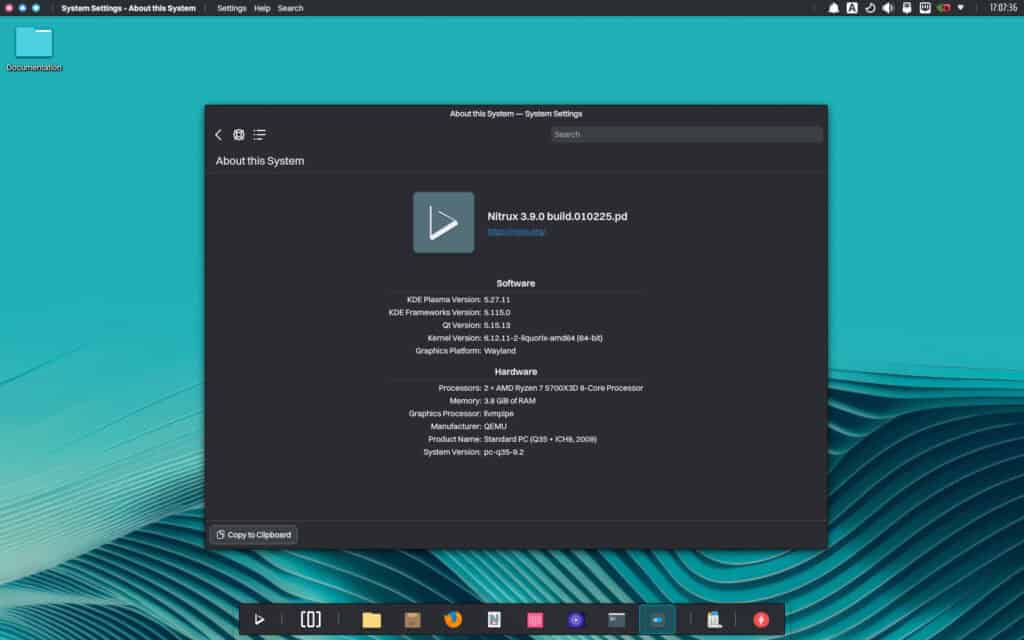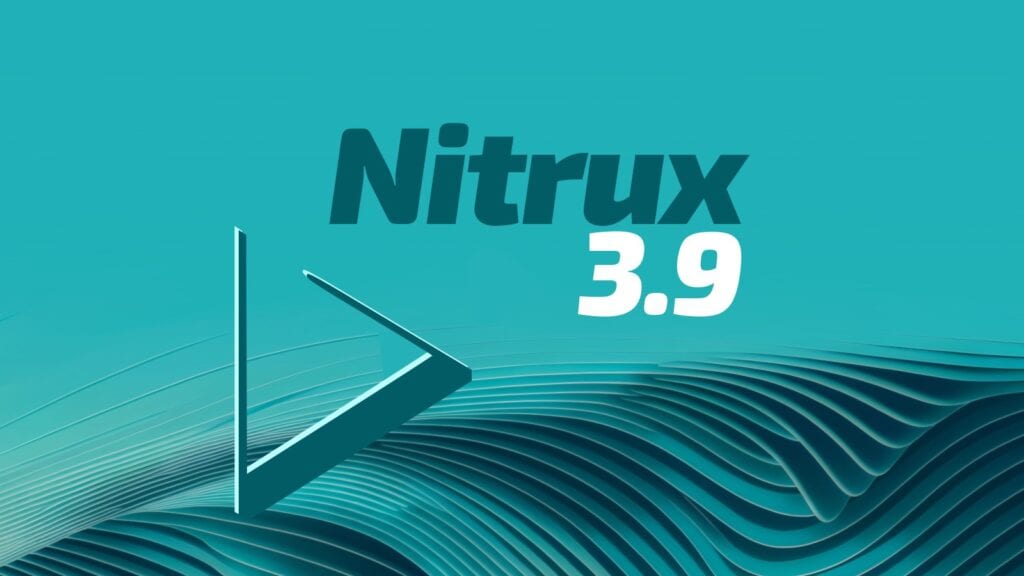Almost two months after its previous 3.8 release, Nitrux has just unveiled version 3.9 of its immutable Linux distribution, codenamed “pd” – short for the switch from TLP to power-profiles-daemon.
While TLP offered granular power management controls, the new power-profiles-daemon (which integrates more seamlessly with the Plasma desktop environment) keeps it simple and user-friendly by providing three readily accessible power profiles.
You can control these profiles from Plasma’s “Battery and Brightness” > “Power Profile” slider for more direct, on-the-fly power adjustments.
Under the hood, Nitrux 3.9 ships powered by the Linux 6.12 Liquorix kernel, helping provide faster performance and broader hardware compatibility. Several firmware packages have been upgraded, including processor microcode for Intel and AMD’s open-source Vulkan driver.
In addition, secure boot tooling is now better integrated, as the newly introduced Nitrux SB Manager utility makes it easier to create and manage machine owner keys (MOK), enabling more robust security practices with minimal fuss.
Several smaller fixes have also been rolled out to address sporadic Bluetooth disconnects, Intel SOF firmware issues with certain audio devices, and sporadic performance drops linked to VirtualBox in previous iterations.

Another highlight of this release is the inclusion of improved GPU switching CLI tools, EnvyControl, which ensures seamless transitions between integrated and discrete GPUs on NVIDIA Optimus laptops. At the same time, the updated Optimus GPU Switcher widget delivers a straightforward interface within Plasma for selecting the desired GPU mode.
In parallel, there are some desktop enhancements, such as refined fingerprint authentication (in SDDM and Plasma) and better Touchegg scripts for gesture control.
Looking toward broader system organization, the team has removed TLP and some outdated NVIDIA scripts in favor of more integrated, Plasma-native solutions. They have also consolidated several firmware packages to make maintaining and updating them more straightforward for developers and end users.
While enthusiasts who enjoyed TLP’s detailed power configurations might miss certain advanced features, they should find that power-profiles-daemon offers a more convenient experience—especially when combined with the distribution’s default Plasma utilities.
Lastly, Nitrux 3.9 introduces several kernel boot parameter changes that improve system security and performance. These adjustments include enabling the Landlock Linux security module, mitigating USB spurious wake events with the xhci module, and activating power and performance management modules, such as amd_pstate and AMD Preferred Core.
The release announcement has a full list of the changes, and you’ll find links to download the ISO image at the bottom. It is recommended that new users install it fresh using the latest media. Those currently using previous versions can find upgrade instructions here.
